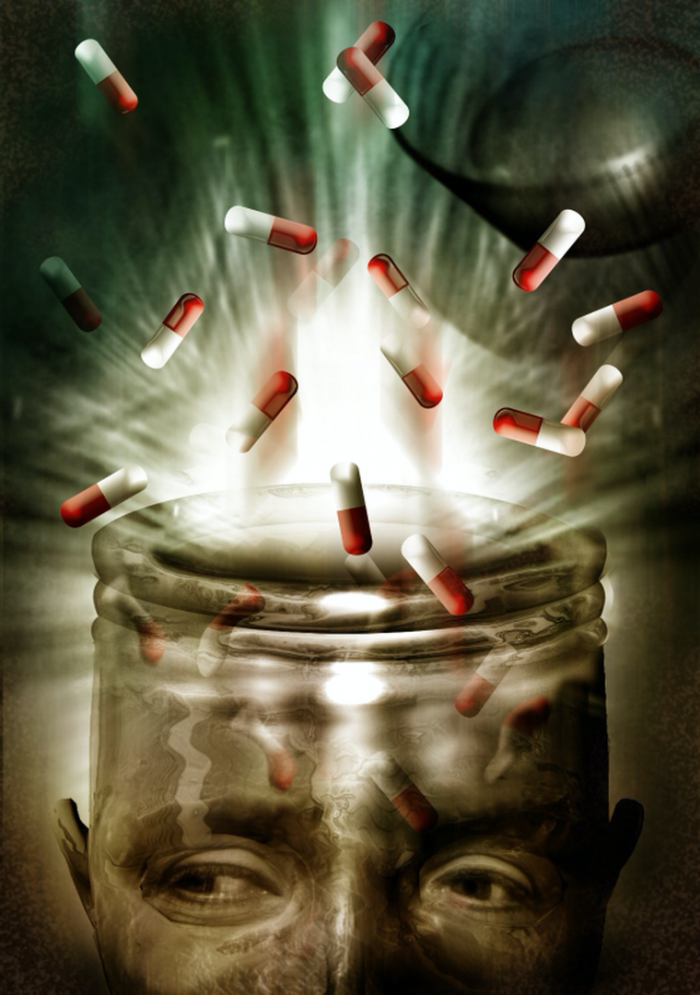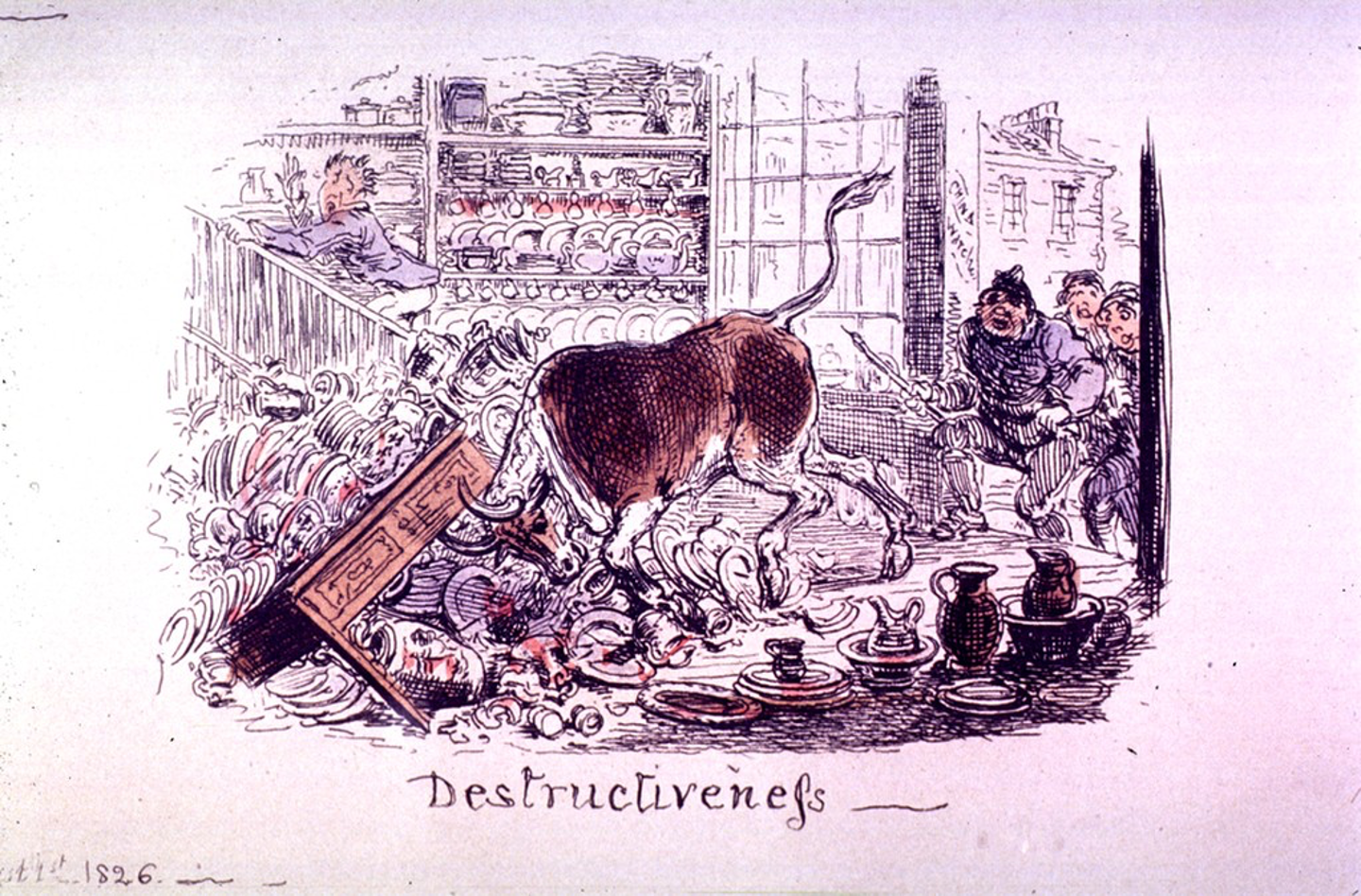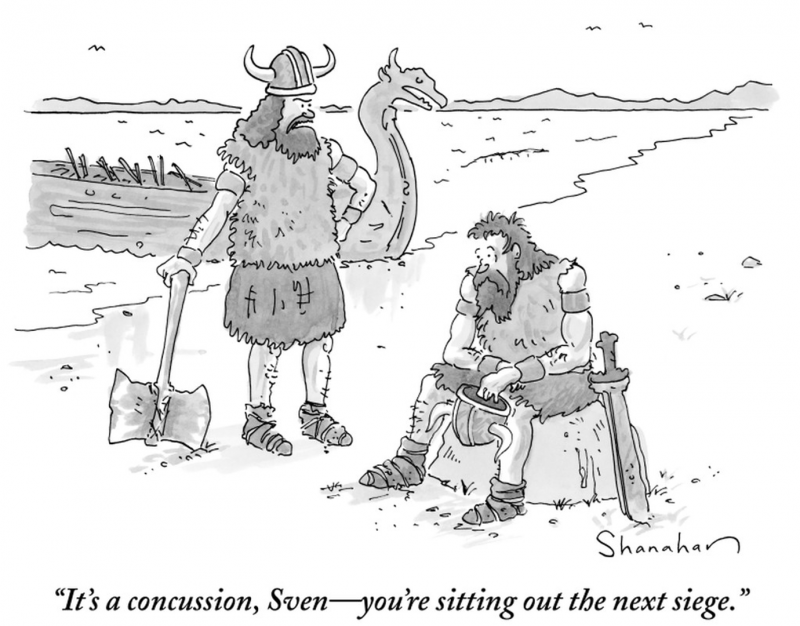WHAAAM!!!!
Congratulations. Whether from a head-to-head athletic collision, tripping backward on slippery ice, or the result of an unfortunate car accident, you have just joined the millions of Americans who will experience a concussion in a typical year.
I understand you might have questions, and they’re good ones (what was I doing running on ice, why am I in this ridiculous thought experiment, can’t you think of a better attention-grabber) but the important thing right now is to rest and recover. In fact, you probably shouldn’t be reading this short article, in fact, you probably shouldn’t be doing anything at all…you see, our treatment options for concussion are limited to rest…and Tylenol for headaches. Yes, you heard me right, one of the most common neurological injuries has the same treatment options as a twisted ankle—minus the ice. Put another way, there are no current drugs available to help treat concussion.

I know this may sound shocking and/or disheartening, but, before you go, I’d like to share one glimmer of hope, because there’s some promising new research for treating concussion. To understand how this drug, called ILB, works we’ll need a super short primer on the neuroscience of concussion.
Your Brain on Concussion

As your skull impacted the hard surface of another person, the ground, or your car window, a couple things happened in a very short amount of time. First, your body went from accelerating to immobile very quickly, causing your brain to slam into your skull and slosh around a bit inside. Zooming in, this force causes trauma to the membranes of your axons (the long, message sending bits of neurons). This in turn causes an imbalance in ion levels in and around the affected neurons, as the microscopic tears in axon membranes allow potassium ions to leave and calcium ions to enter with no regard for typical entrance/exit policies. Calcium, being the potent messenger that it is, goes around turning all sorts of things on and off that it shouldn’t, a bull let into a china shop by an earthquake. This disrupts the delicate neuronal balance even further, forcing membrane pumps to go into overtime trying to reestablish normal ion levels. As you might imagine, pumping a whole bunch of ions against their concentration gradient is tough work (think bailing out a canoe that’s taking on water), so naturally, this process uses up a ton of cellular energy (ATP). Normally, the neuron’s ATP-generating mitochondria (the famous powerhouses of the cell) can handle surges in energy demand, but our dear friend calcium has been sequestered in the mitochondria to prevent it from doing more cellular damage. While temporarily locking calcium in the mitochondria is an effective stop-gap measure, the downside is it hampers energy production. These dysfunctional mitochondria, coupled with increased neuroinflammation and reactive oxygen species (ROS) generation further exacerbate the low-energy crisis in traumatized neurons, culminating in neuron death.

The take-home message from diving into the concussed brain is that physical head trauma leads to a neuronal energy crisis, and prolonged low-energy states increase the amount of cell death and subsequent recovery time.
The trauma-induced energy crisis presents a critical unmet need to produce treatments that help to restore the neuronal energy balance so neurons affected by concussion can heal and repair.
This is where the good news comes in. Hot off the press is a 2020 article demonstrating that dextran sulfate (ILB: a low-weight carbohydrate) restores brain energy after traumatic brain injury (TBI) in rats. Johansson et. al (2020)., use N-acetyl aspartate (NAA) as a proxy energy metabolite (If NAA goes up, then brain metabolism must be up) to measure the effectiveness of the ILB treatment.

This data shows that ILB increases NAA levels (orange and red graphs) in rats following TBI! Yay!
Now, before you rush off and call your doctor for some ILB, a few caveats:
- This data is in rats, not humans, rigorous clinical trials are required to ensure the drug’s efficacy and safety in humans
- The model was of severe TBI, concussion is categorized as mild TBI so the effect seen may or may not translate—more research needed!
- It’s still unclear exactly how ILB causes increased NAA, it could be by directly improving mitochondrial function, lowering neuroinflammation and/or ROS generation, or some combination of the three. In any case, the mechanism of action should be better explained before we go popping ILB pills in humans.
All said, while rest is still the gold standard “treatment” for concussion (because resting your brain prioritizes neuronal healing instead of other physical/mental tasks), ILB represents an exciting new development for concussion treatment! Now turn off your phone and rest your brain!

